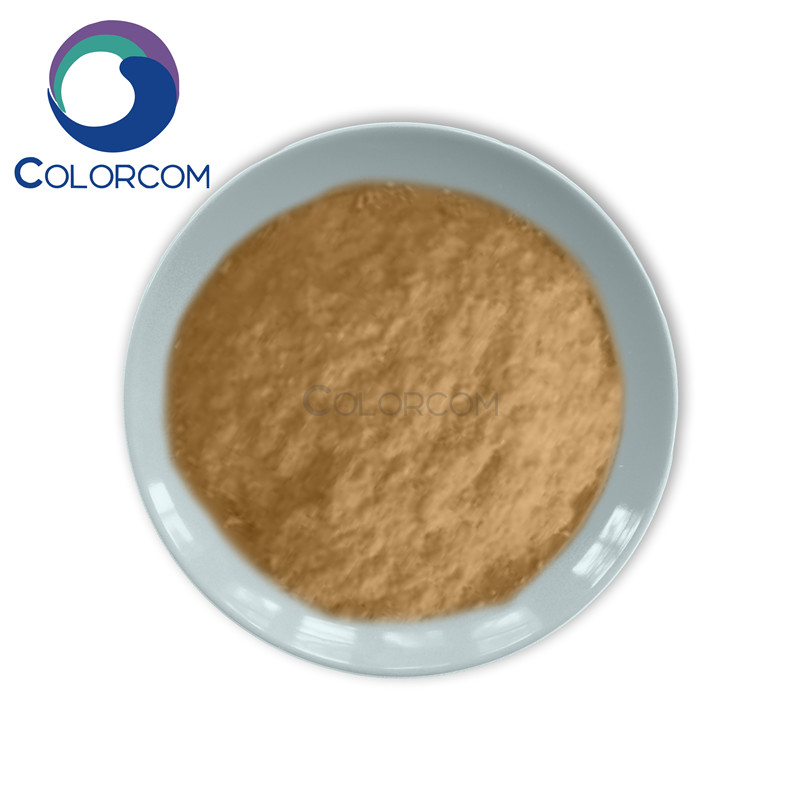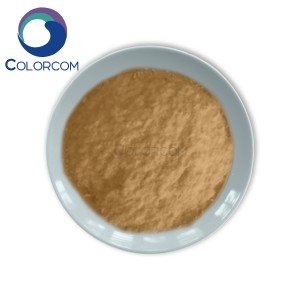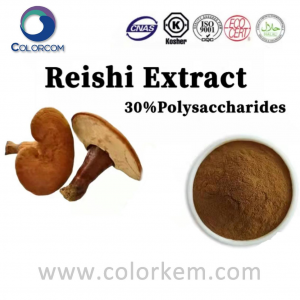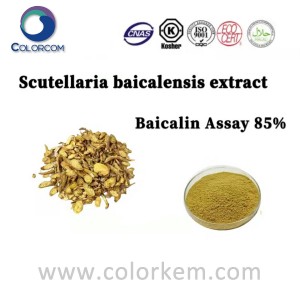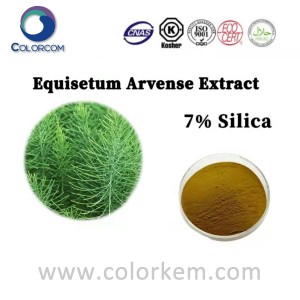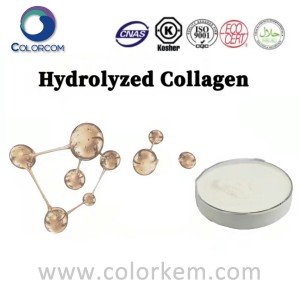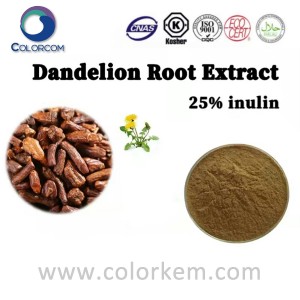Milk Thistle Extract – Silymarin
Products Description
Silybummarianum has other common names include cardus marianus, milk thistle,blessed milk thistle, Marian Thistle, Mary Thistle, Saint Mary's Thistle,Mediterranean milk thistle, variegated thistle and Scotch thistle. This species is an annual orbiannual plant of the As teraceae family. This fairly typical thistle has red to purple flowers and shiny pale green leaves with white veins. Originally a native of Southern Europe through to Asia, it is now found throughout the world. The medicinal parts of the plant are the ripe seeds.
Milkthistle has also been known to be used as food. Around the 16th century the milk thistle became quite popular and almost all parts of it were eaten. The roots can be eaten raw or boiled and buttered or par-boiled and roasted. The young shoots in spring can be cut down to the root and boiled and buttered. The spiny bracts on the flower head were eaten in the past like globe artichoke,and the stems (after peeling) can be soaked overnight to remove bitterness and then stewed. The leaves can be trimmed of prickles and boiled and make a goodspinach substitute or they can also be added raw to salads.
Specification
| ITEM | STANDARD |
| Appearance | Yellow to Yellowish-Brown Powder |
| Odor | Characteristic |
| Taste | Characteristic |
| Particle size | 95% pass through 80 mesh sieve |
| Loss on drying(3h at 105℃) | <5% |
| Ash | <5% |
| Acetone | <5000ppm |
| Total Heavy Metals | <20ppm |
| Lead | <2ppm |
| Arsenic | <2ppm |
| Silymarin(by UV) | >80%(UV) |
| Silybin&Isosilybin | >30%(HPLC) |
| Total bacterial count | Max.1000cfu/g |
| Yeast & Mould | Max.100cfu /g |
| Escherichia coli presence | Negative |
| Salmonella | Negative |


